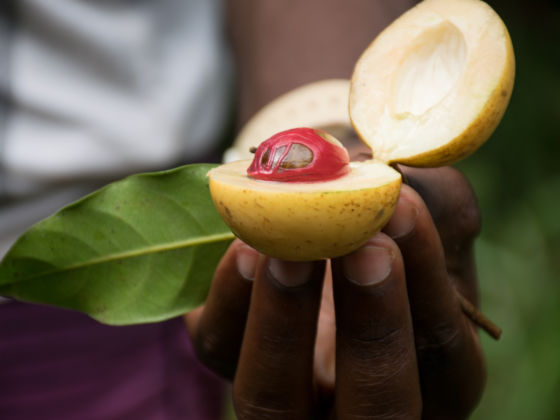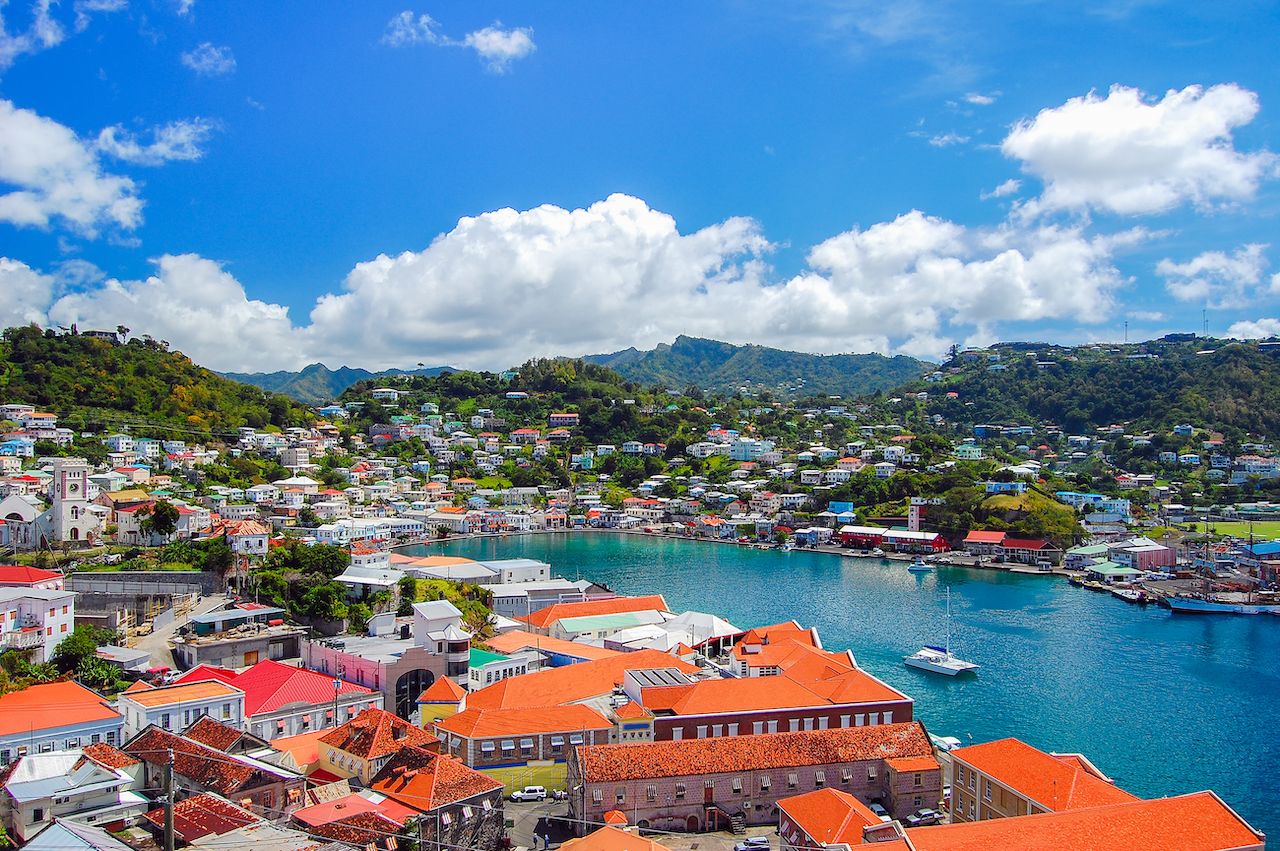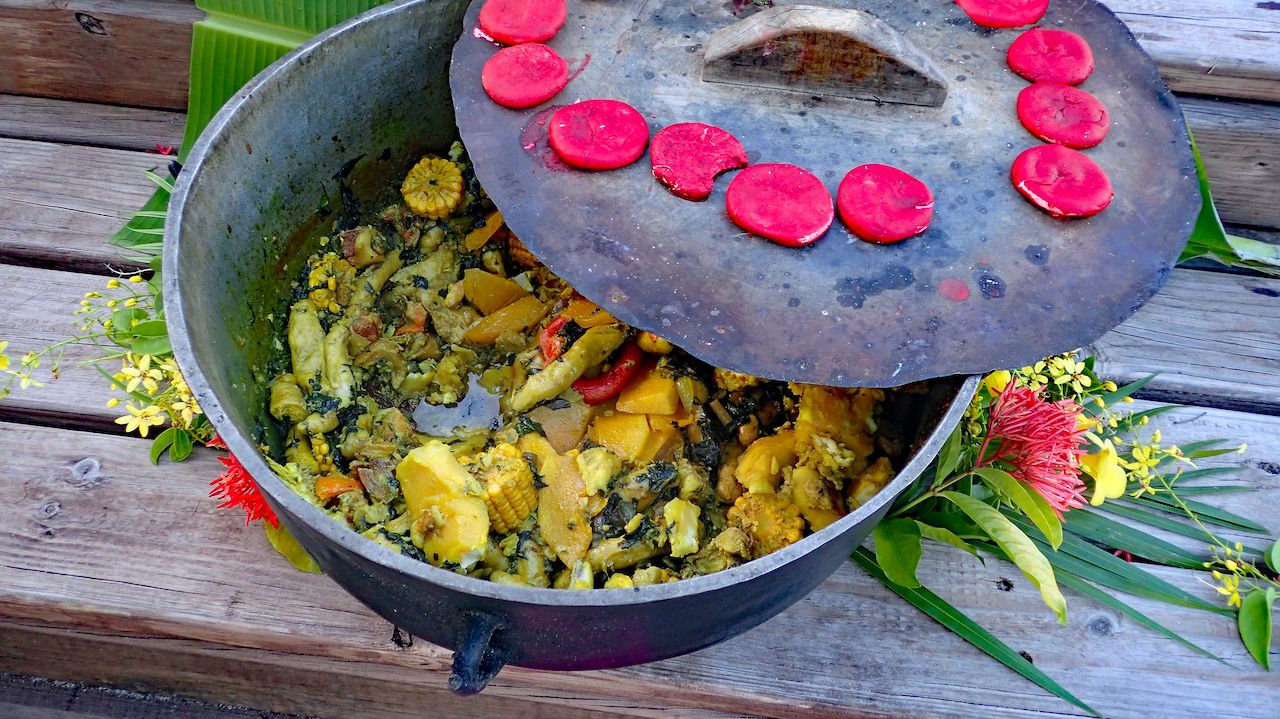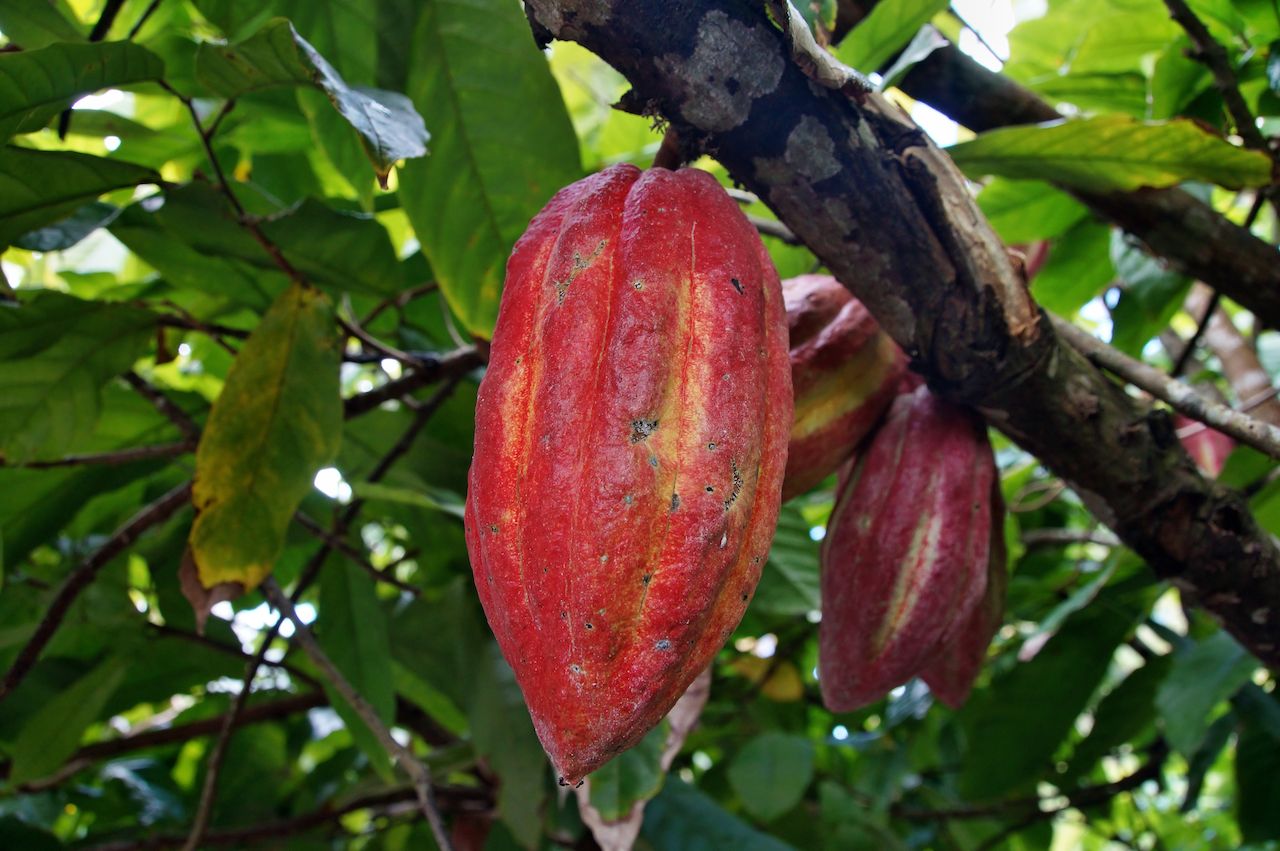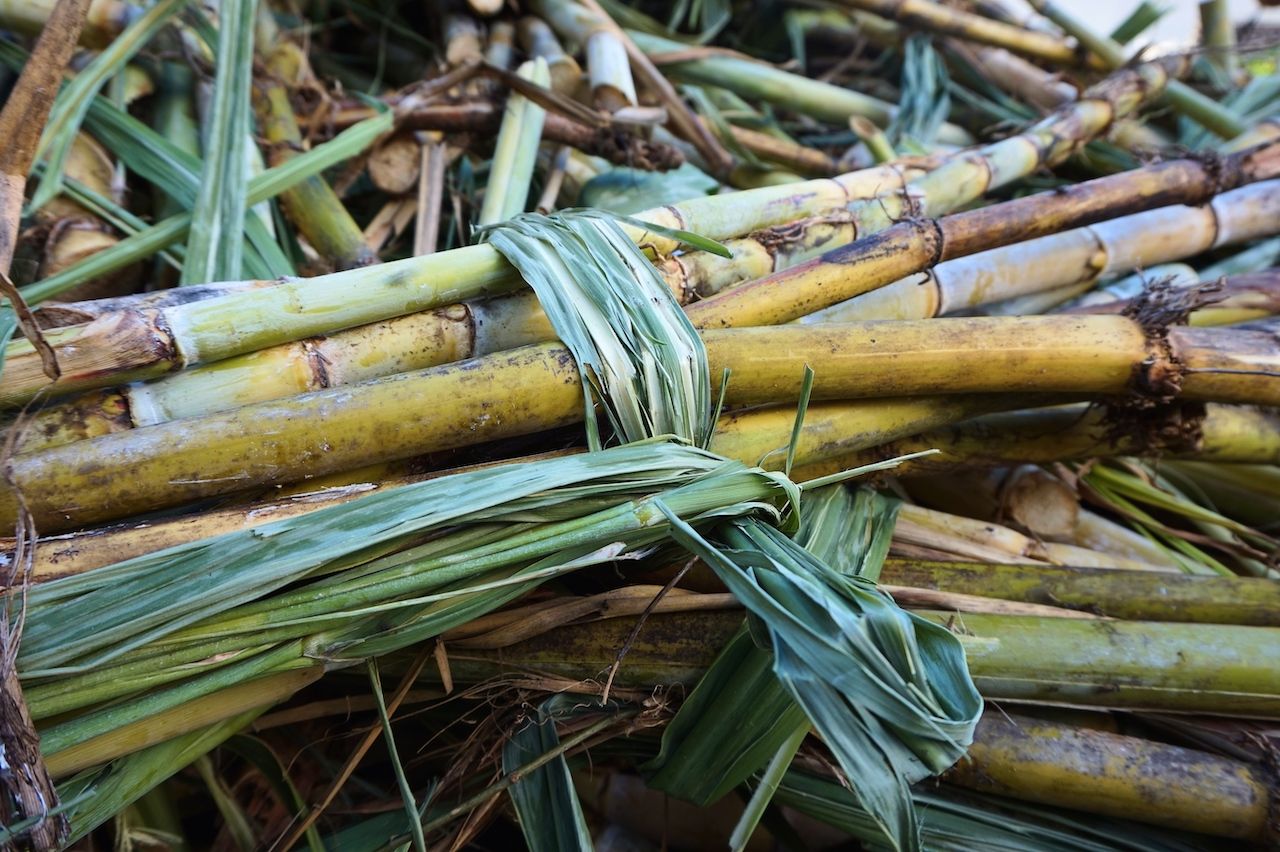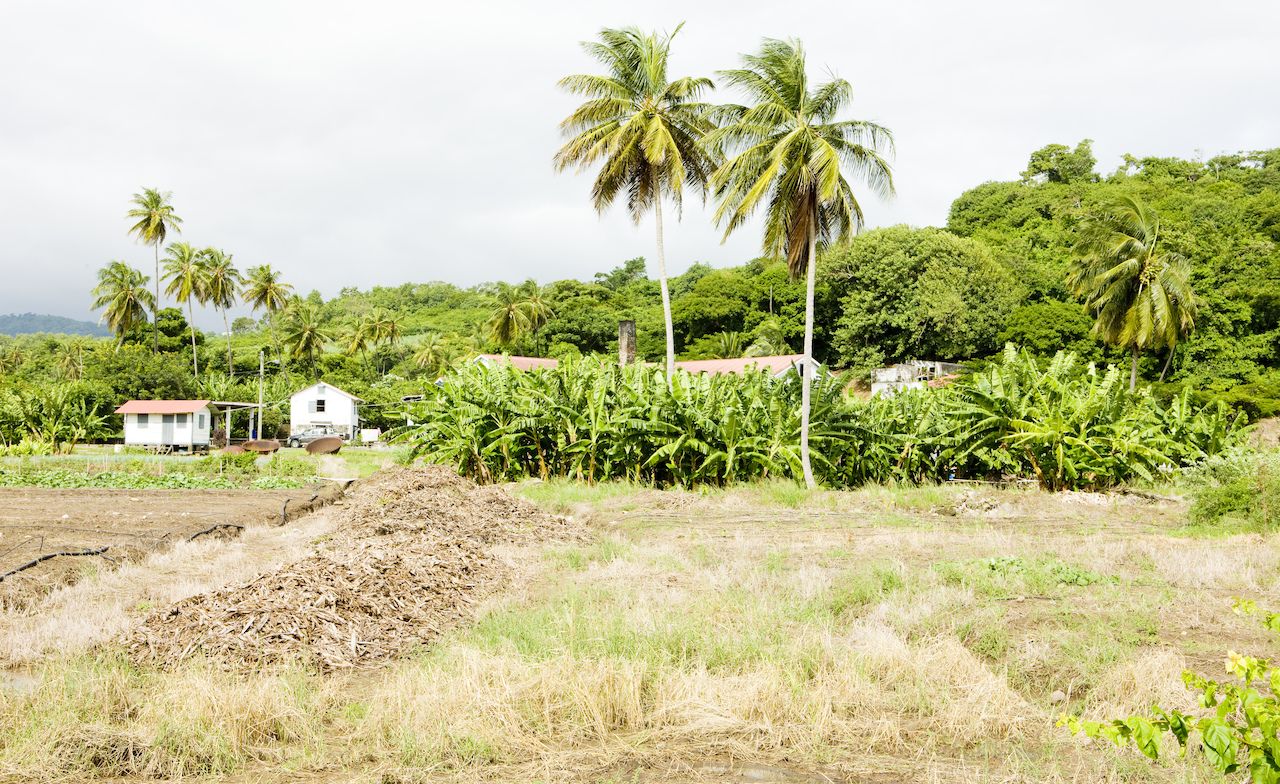“You like that?” teased my tasting guide at the River Antoine Distillery near St. George’s, Grenada. “That’s the weak stuff we give tourists so they can take it on the airplane.”
I had to check and make sure I still had skin around my throat.
The clear liquid I’d just sipped down felt like a smooth cocktail of ghost pepper and butane, a quick, deep burn I felt sliding from my tongue down into my stomach. My face wasn’t hiding the pain either.
